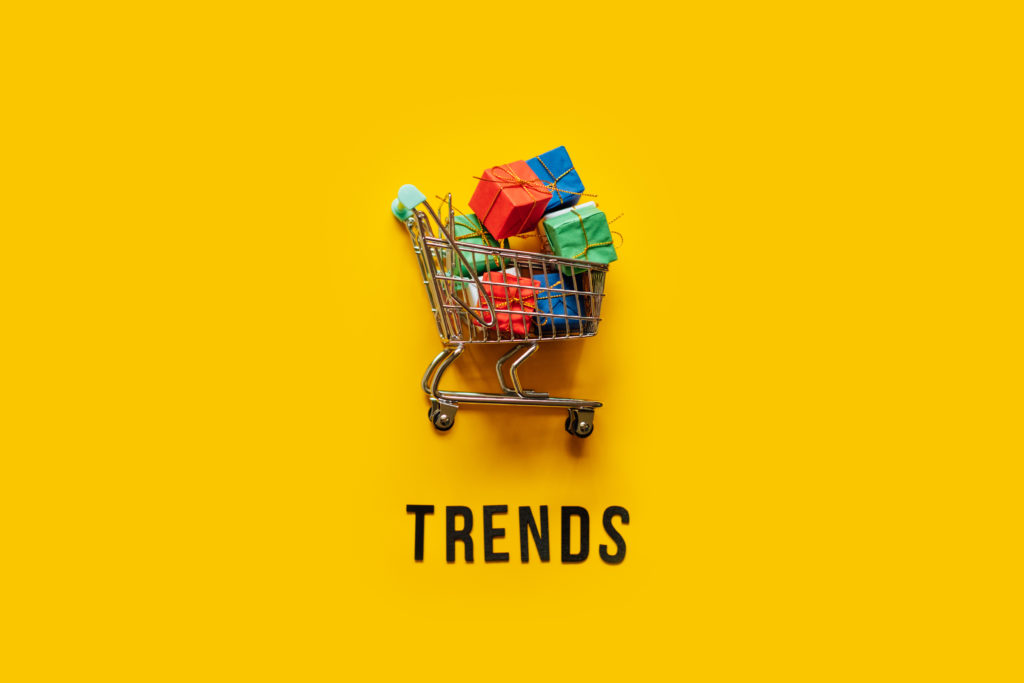Despite the economic backdrop creating a difficult trading environment, the retail industry continued to innovate in order to streamline their operations and reach more audiences – which in some cases meant moving online as well as offline. With 2023 set to reveal new challenges, and with them, new opportunities, we’ve gathered predictions from leading executives across the retail industry on what’s to come.
Deann Evans, Director of EMEA Expansion & Partnerships, Shopify
“In 2023 and beyond, commerce will continue shifting towards what we call Connect to Consumer (C2C). This vital model for ambitious and nimble retailers not only surviving, but thriving, during the economic downturn involves using all pathways possible to reach their customers, both online and offline – from social and community commerce to web stores and the high street. C2C places authenticity, loyalty, and trust at the heart of every consumer interaction to create more meaningful relationships between brands and their customers.
Having an understanding of both Direct to Consumer (DTC) and C2C models as a way to build direct relationships with customers who now shop everywhere. In fact, our study found 91% of UK consumers are just as likely or more likely to shop in an online store than a year ago, 88% are purchasing the same or more in store, and 72% are just as likely or more likely to discover new products to purchase through social media advertising than a year ago. It’s now more important than ever for brands to maintain their presence on every commerce stage.”
Bukki Adedapo, UK Country Manager, Fiverr
“With the fallout of Brexit, ongoing supply chain issues and the economic downturn, it’s a tricky period for both businesses and consumers alike. Businesses are going to have to get creative to get consumers to part with their money and nearly half of businesses we’ve spoken to are looking to up their social media advertising spending to try and increase customer spend. Despite the cost of living crisis though, over 70% of UK retailers expect an increase in sales this Christmas compared to 2021.
In 2023, we’ll continue to see a highly competitive retail market and businesses compete for consumer attention and retention whilst battling with ongoing macroeconomic challenges. In particular, I think we’ll see an increased rivalry between small and large businesses. We will also see a greater appetite from consumers to support local business owners and, demand for bespoke products on sites like Etsy and the rise of social shopping platforms like TikTok shop which could mean a shift in how retailers market themselves.”
Mark Thomson, Retail Industry Director EMEA, Zebra Technologies
“Some elements of the global lockdown are (hopefully) gone for good—think Zoom holiday parties, for example. But others, such as the consumer expectation for a seamless experience across digital and physical experiences are here to stay. Over 80% of shoppers today say they prefer retailers that offer easy returns and 75% prefer the option to have their products delivered according to Zebra’s 15th Annual Shopper Study.
And seven-in-10 prefer retailers who offer a blend of in-store and online shopping. Once unthinkable concepts are now seen at scale, for example, picking up your coffee drink that was ordered from an app, or Buy-Online-Pick-Up-In-Store, Buy-Online-Return-In-Store and Buy-Online-Pick-Up-at-Curb (BOPIS, BORIS, and BOPAC) are now so commonplace they are hardly even differentiators.
Consumers today demand previously siloed experiences about how they browse, learn, acquire and consume a retailer’s product to be seamless and interchangeable. This tectonic shift is driving a rethink of all retail operations, and arguably this change has already happened – all but the retail laggards have at least begun the transition. In 2023, the expectation is that these experiences will be further cemented and, most importantly, that retailers will have to execute them more profitably.”
Namrata Sandhu, CEO and Co-founder, Vaayu
“In 2023, we’re going to see regulators in the UK and internationally continue to introduce legislation on the sustainability claims of businesses, particularly across the retail sector. As carbon emissions continue to rise, there is an urgent need for businesses to truly understand their carbon impact so meaningful reduction measures can be made.
In order for these measures to be implemented quickly and at scale, retailers and businesses need more granular real-time insights into the carbon emissions across their entire supply chain or operations. This driver is powering the growth of the carbon calculations market, as demand increases for better sustainability data and analytics – its value is set to surpass $13.7 bn by 2028 (exhibiting a CAGR of 6.1% during the forecast period 2022-2028).
In the case of the UK, a recent report, published during COP27, has highlighted the scale of the growth potential, suggesting that £175 billion in revenue is up for grabs by 2030, with 40,000 new small companies likely to be formed, alongside 260,000 new jobs, as we strive to narrow the gap between sustainability rhetoric and sustainable action.
As the dust settles on further pledges being made at COP27, it’s clear that investment in sustainability goals will not waver in 2023, even as retailers face operational pressures, such as soaring costs, global supply chain issues, inflation and a developing recession. The climate crisis isn’t going away; those who prioritise and invest in their sustainability efforts now, will benefit in the long-run, reputationally and financially heading into next year.”
Daniel Alonso Moreno, VP of Q-Commerce, Glovo
“When it comes to what commerce will look like in 12 months’ time, only one thing is certain—that it’ll continue to diversify. From our own research across nine global markets, an average of 46% of SMEs said they were in survival mode. This means we’re set to see greater business resilience across the commerce sector, with many businesses looking to business partners to optimise their delivery setups and continue to stay relevant in a world where the digital experience largely outweighs the in-person one.
Reaching new customers is a challenge for 34% of SMEs, and more will look to understand, and then react to, rapidly changing customer needs. This means exploring more purpose-driven incentives such as sustainable packaging, to build customer trust and change the perception of rapid delivery services as bad for the environment.
Q-commerce will continue to surprise industry cynics, and continue to remain relevant to consumers beyond super-fast delivery. This will include diversifying its product range to include retail (playing catch up with Glovo in the process), and meeting the nuanced needs of local markets, and the SMEs based within them.”







